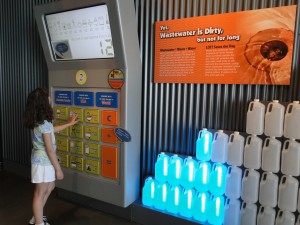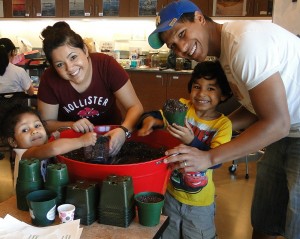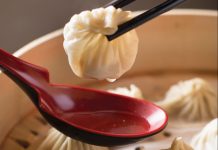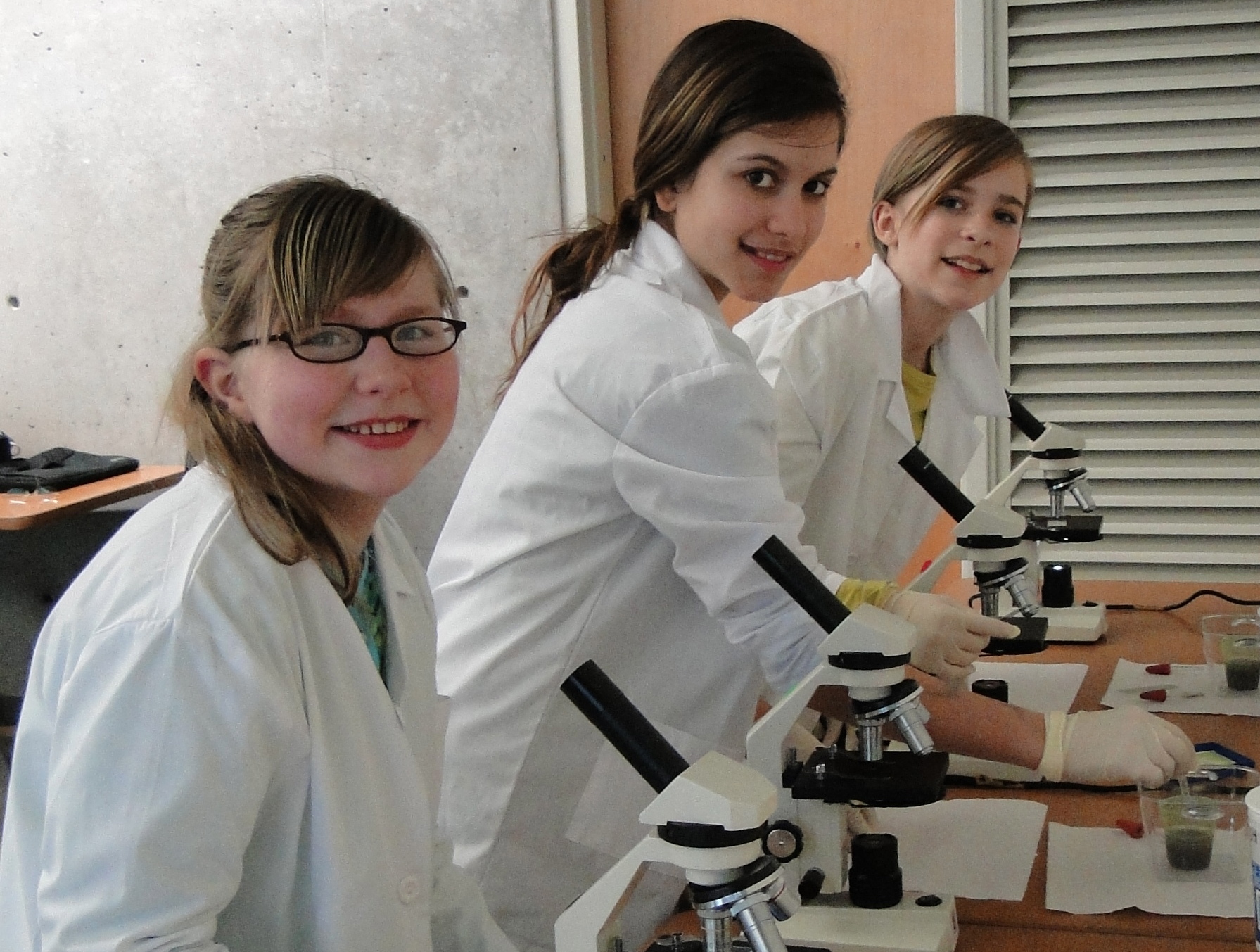 Let’s be honest. How many of us think about what happens to our dirty water once the toilet is flushed or the washing machine drains? Or, do we stop to think about how much water we personally use each day?
Let’s be honest. How many of us think about what happens to our dirty water once the toilet is flushed or the washing machine drains? Or, do we stop to think about how much water we personally use each day?
When you are ready to learn more about how wastewater is treated or how to conserve water, head over to LOTT’s WET Science Center and receive excellent, free education.
“The WET Science Center is a fun, free, family-friendly place to learn all about water,” says Environmental Educator Amber Smith.
On the day of this interview, it was pouring outside and two young families had taken refuge in the education center. “It’s designed for families to drop-in and mosey through the exhibit gallery to play,” says Smith. When visiting the Center on your own, start out by grabbing a clipboard and focusing your child on a scavenger hunt through the exhibit gallery.
The young children were pushing buttons on a giant calculator while the mothers read important facts about conserving water. The calculator helps families understand how much water is used while conducting daily tasks such as hand washing, teeth brushing, and taking a shower.
(Hint – if you take a long shower, grab a free shower timer from LOTT on your way out the door. Kits to help manage grease in your kitchen are also free give-aways.)
While the exhibits are intended to be self-guided, Smith and her team of volunteers are available Monday – Saturday from 10:00 am – 4:00 pm to lead mini-guided tours. Smith is currently growing her Water Squad Volunteer crew in anticipation of growing numbers of visitors when the new Hands On Children’s Museum opens next door. Saturdays are especially popular because the WET Science Center offers free activities to support learning.
 The exhibits’ explanatory signs average around the 5th grade reading level, but there is plenty for younger children (and adults) to experience. For example, a new exhibit lets children place magnetic dolls onto a diagram of the LOTT facility. Dress the dolls and learn more about careers at LOTT.
The exhibits’ explanatory signs average around the 5th grade reading level, but there is plenty for younger children (and adults) to experience. For example, a new exhibit lets children place magnetic dolls onto a diagram of the LOTT facility. Dress the dolls and learn more about careers at LOTT.
Last year, the WET Science Center saw over 10,000 visitors including all 6th graders in Olympia, 5th graders in Tumwater, and 7th/8th graders in North Thurston. “We have special relationships with the school districts and align their field trip experience to their curriculum. While each school district has a slightly different focus, they are all learning about ecosystems and decomposers,” explains Smith.
LOTT covers all bus transportation fees for these school groups. All field trips and tours are free.
Regardless of the group, the WET Science Center educates visitors about wastewater and water conservation. The educational session answers questions such as:
- What is wastewater?
- How does LOTT clean-up the wastewater?
- Where does our drinking water come from?
- What is reclaimed water and how can we use it?
- What is the connection between what we do on our streets and Puget Sound?
Besides school groups, the WET Science Center also frequently tours scout groups and summer camps. A beautiful classroom is designed to support environmental education during the field trip.
 Smith points out a model of a watershed. “While looking at the model, we can talk about all the things in the watershed that influence the water quality in Puget Sound, such as picking up pet waste, chemicals we use to treat our lawns, and the importance of planting trees,” says Smith.
Smith points out a model of a watershed. “While looking at the model, we can talk about all the things in the watershed that influence the water quality in Puget Sound, such as picking up pet waste, chemicals we use to treat our lawns, and the importance of planting trees,” says Smith.
“Depending on the age of the group, we will pull out our microscope lab,” says Smith. Under the microscopes, students investigate live microorganisms that break down waste. “I scoop some sludge and put it on a slide. Kids love looking at these critters,” describes Smith with a laugh.
Based on a group’s geographical location, Smith also discusses the difference between living in town (sewer system) and more rural Thurston County areas (septic system). She talks about how septic systems are pumped and the trucks come directly to LOTT to dump.
During field trips, there are adults along to help supervise students. They learn too. In fact, the most surprising thing that adults take away from a WET Science Center tour is the knowledge about where drinking water comes from. Adults also get a reminder about the difference between storm and sewer drains.
“I had an adult recently say shockingly, ‘but I’ve washed out paint brushes into a storm drain and didn’t even realize where it was heading,’” says Smith.
During our interview, I asked Smith to settle a household debate – how do environmentally conscious Thurston County residents wash their cars?
“Think about where that soapy water goes if you’re washing it on pavement. All the grime, grease, and soap from your car washes down the storm drains,” explains Smith who makes it very clear that only sewer drains carry waste water to LOTT for treatment.
“Storm drains head directly to the nearest river, lake, stream or Puget Sound,” notes Smith. “Pull your car onto the lawn or take it to a car wash,” she summarizes.
 Or, maybe I’ll simply be the most water-wise and let my car remain filthy.
Or, maybe I’ll simply be the most water-wise and let my car remain filthy.
WET Science Center
500 Adams St NE
Olympia, WA 98501
Free Admission
Monday – Saturday 10:00 am – 4:00 pm



















































